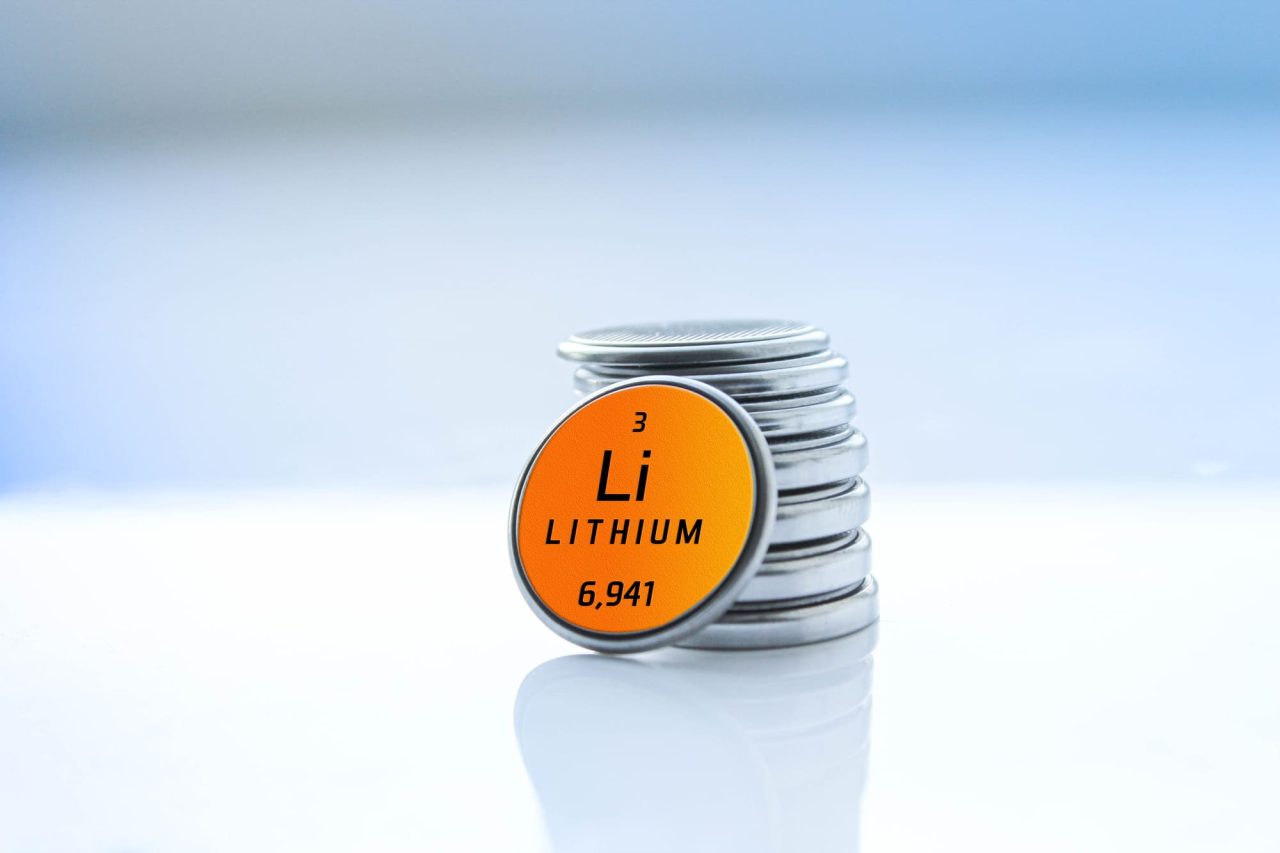Magnesium improves solid-state battery performance by preventing interface voids

Tiny amounts of magnesium can significantly enhance solid-state battery performance by filling gaps that form inside the solid electrolyte structure. A new study led by researchers in Texas reveals how this process works in detail for the first time.
Scientists from Rice University, Brown University, and the University of Houston have joined forces to study the lithium–solid electrolyte interface, a key area that affects the reliability and efficiency of solid-state batteries. Until now, the behavior of this interface was poorly understood.
Their investigation focused on the chemical interactions between the lithium metal anode and the solid electrolyte interphase (SEI), a naturally occurring layer on the electrode surface. This layer can often become lithium-phobic, meaning lithium does not deposit evenly across it.
The uneven deposition leads to void formation, and as these voids merge, they create larger gaps that delaminate the interface and trigger internal failures. The team used a scanning electron microscope to capture the first detailed, real-time observations of this phenomenon inside a solid-state battery.
“For decades, scientists have struggled to understand exactly what happens inside a solid-state battery in real time, making it difficult to extend its lifespan,” stated the University of Houston.
Using high-resolution scanning electron microscopy, the researchers tracked how the anodes stripped lithium in both pure lithium and lithium-magnesium alloy compositions. Before this discovery, it was already known that small amounts of metals like magnesium improved solid-state battery performance, but the reasons were unclear.
“This research solves a long-standing mystery about why solid-state batteries sometimes fail,” said Yan Yao, professor emeritus of electrical and computer engineering. “This discovery allows solid-state batteries to operate under lower pressure, reducing the need for bulky external packaging and enhancing overall safety.”
The findings are published in Nature Communications (2025) under the title Imaging the evolution of lithium-solid electrolyte interface using operando scanning electron microscopy.